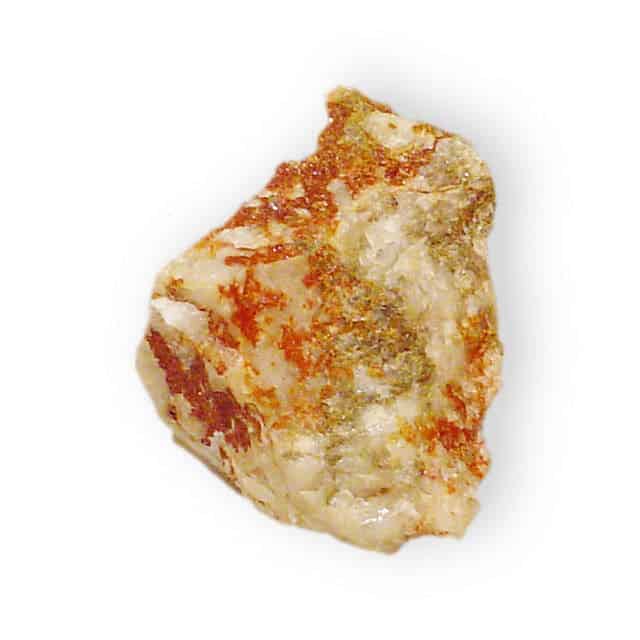The brittle, tawny-hued mineral is rare on Earth but surprisingly abundant on Mars. Geologists have now discovered it under Antarctic ice, suggesting that the mineral is formed when dust gets trapped under ice deposits. In other words, glaciers not only existed on Mars, but they contributed to the planet’s geological makeup.

Jarosite has been detected by three martian rovers (Spirit, Opportunity and Curiosity). It’s a hydrous sulfate — and hydrous comes from the Greek word meaning water because jarosite forms in the presence of water. Water is not just needed for its formation, it’s also required for its preservation. So when Martian rovers discovered it on the Red Planet, it was a strong nod to a wet past. Now, researchers have also found it in Antarctica; deep in Antarctica.
The discovery came from the Talos Dome Ice Core (TALDICE) project in East Antarctica, a European research project. The project is looking at any signs indicative of our planet’s past climate, but as it turns out a team of researchers led by Giovanni Baccolo of the University of Milano-Bicocca in Italy has also learned something about Mars’ climate.

The mineral requires very specific conditions to form: it needs water (but not too much of it) and acidity — not exactly conditions you can find on the Red Planet now. So when the mineral was first found on Mars in 2004, it initially confused researchers. After that, it kept popping up, showing that the first discovery wasn’t a coincidence and giving geologists the task of figuring out how the mineral formed on Mars.
Here on Earth, jarosite isn’t that common. We know that it can form as a result of low-temperature acidic weather of iron-bearing minerals, and as a product of zinc refining (which, of course, isn’t something you’d expect on Mars). So the cold, acidic weathering theory seemed more likely, but the smoking gun was missing until now.
The mechanisms behind jarosite formation had been theorized, but never witnessed before, either on Earth or outside of it. The samples of jarosite were found in a Talos ice core from more than 1,000 metres (3,281 feet) below the ice. The crystal weathering suggests the minerals formed there (and in fact, the ice had been undisturbed for 250,000 years), so this is probably where the minerals formed — the smoking gun.
“Based on our understanding of the environmental conditions of deep ice, we interpret jarosite as the product of englacial weathering,” the researchers write in their paper.
“Its formation requires acidic conditions, a limited activity of liquid water and the presence of iron-bearing materials. The deep part (>1000 m) of TALDICE can meet such requirements.”
Similarly, since jarosite is so common on Mars now, this probably means that the planet must have had huge masses of ice that shaped the surface — and recent research agrees with this. Separate studies suggest that Mars had multiple periods of glaciation, just like Earth, and Mars experienced dramatic climate swings throughout its history. As the ice sheets grew in time, dust would have accumulated, forming jarosite within slushy pockets.
But there’s still a lingering question.
The Antarctic research uncovered a thin film of jarosite and only in one place (so far), but Mars has thick, meter-sized deposits, so the conditions for the formation of jarosite must have been much better on Mars. This could perhaps be explained by dust: Mars is much dustier than Earth, and there would have been more ‘seeds’ for jarosite to form.
The study has been published in the journal Nature Communications.


